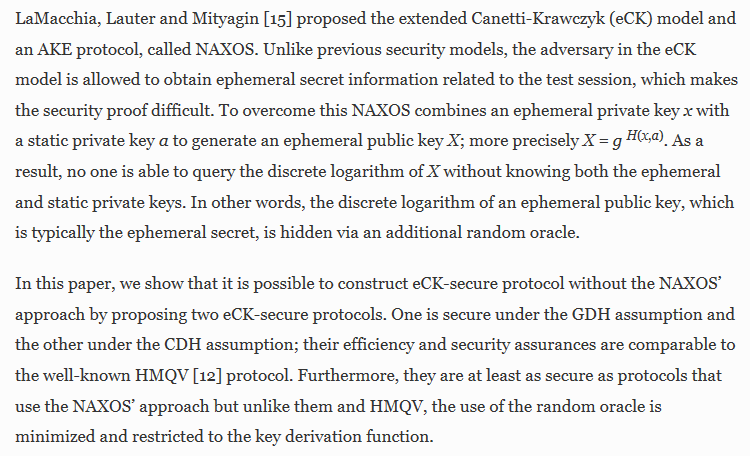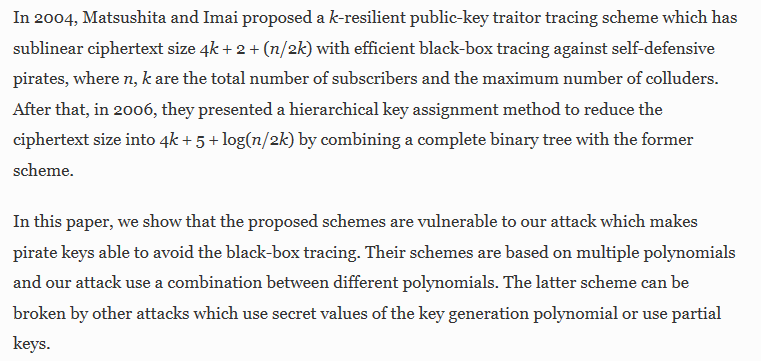Why is the number of primary tunnels of the formosan subterranean termite, Coptotermes formosanus Shiraki (Isoptera:Rhinotermidae), restricted during foraging?
Sang-Hee Lee, N. -Y. Su, and M. Lee
|
Journal of Asia pacific entomology
12/3
(2009)
Subterranean termites forage by digging a network of tunnels to come into contact with food sources. When 1000 termites (Coptotermes formosanus Shiraki) were placed in a laboratory arena, 6.7 primary tunnels were constructed. The aim of this study was to explain the empirical observation in which termites restrict the number of primary tunnels. To this end, we constructed a model to simulate termite tunnel patterns based on empirical data and to calculate food transportation efficiency, γ, for the tunnel patterns. The efficiency was defined as the ratio of the number of encountered food particles to the sum of the shortest length from the location of encountered food particles to the initial position of growth of the tunnel. The γ was maximized when the number of primary tunnels was 5 or 6, which was fairly consistent with the empirical number of primary tunnels. This result indicated that termites may restrict the number of their primary tunnels to improve the transportation efficiency, which is directly related to their survival.
- 초록
Subterranean termites forage by digging a network of tunnels to come into contact with food sources. When 1000 termites (Coptotermes formosanus Shiraki) were placed in a laboratory arena, 6.7 primary tunnels were constructed. The aim of this study was to explain the empirical observation in which termites restrict the number of primary tunnels. To this end, we constructed a model to simulate termite tunnel patterns based on empirical data and to calculate food transportation efficiency, γ, for the tunnel patterns. The efficiency was defined as the ratio of the number of encountered food particles to the sum of the shortest length from the location of encountered food particles to the initial position of growth of the tunnel. The γ was maximized when the number of primary tunnels was 5 or 6, which was fairly consistent with the empirical number of primary tunnels. This result indicated that termites may restrict the number of their primary tunnels to improve the transportation efficiency, which is directly related to their survival.
- 초록
Subterranean termites forage by digging a network of tunnels to come into contact with food sources. When 1000 termites (Coptotermes formosanus Shiraki) were placed in a laboratory arena, 6.7 primary tunnels were constructed. The aim of this study was to explain the empirical observation in which termites restrict the number of primary tunnels. To this end, we constructed a model to simulate termite tunnel patterns based on empirical data and to calculate food transportation efficiency, γ, for the tunnel patterns. The efficiency was defined as the ratio of the number of encountered food particles to the sum of the shortest length from the location of encountered food particles to the initial position of growth of the tunnel. The γ was maximized when the number of primary tunnels was 5 or 6, which was fairly consistent with the empirical number of primary tunnels. This result indicated that termites may restrict the number of their primary tunnels to improve the transportation efficiency, which is directly related to their survival.
More





